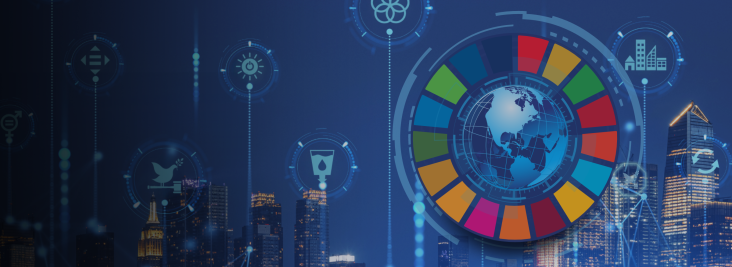
More than 1100 people came together virtually on 18 June 2024 for the tenth edition of the RELX SDG Inspiration Day: "In the Age of AI: Information to Advance the UN Sustainable Development Goals (SDGs)." The annual online event brings together thought leaders, corporate representatives, students, investors, governments, and NGOs to explore pressing issues, gain practical insight, and inspire action on the United Nations Sustainable Development Goals (SDGs).
Smart City Assessment, A Novel Framework for Development and Evaluation of Smart Cities, 2024, Pages 135-184
This chapter aligns with SDG Goals 7, 11, and 13 by discussing the challenges and opportunities in integrating renewable energy, ensuring infrastructure resilience, addressing data privacy, and bridging the digital divide.

Recognising our customers' exceptional work to achieve the UN Sustainable Development Goals.
Environmental Health Behavior: Concepts, Determinants, and Impacts, Volume , 1 January 2024
Radiative cooling (RC) has been an attractive electricity-free approach to reducing the energy consumption of buildings. Current RC strategies focus on roofs; however, limited attention has been paid to vertical walls. Here, we report a zigzag-based structural design with asymmetric emissivity to realize optimal RC walls.
The present research focuses on the gap and need for developing global heat wave frameworks to effectively identify dangerous heat wave outdoor conditions over diverse climatic and geographic regions. This development will be helpful for climate scientists, health professionals, policymakers, and communities in developing mitigation strategies and raising awareness of heat risks.
Gala, D., Khetan, S., & Mehendale, N. (2024). Assessing opportunities for enhanced lighting energy conservation via occupancy and daylight monitoring. Measurement: Energy, 3, 100015.
This article addresses SDGs 7, 12 and 13 by examining responsible energy consumption and automated systems that provide potential efficiencies through lighting optimization.
